

Articles
How To Store Bone Broth In Fridge
Modified: September 1, 2024
Learn the best way to store bone broth in the fridge with this comprehensive guide. Discover the articles that provide detailed instructions for proper storage and prolonging its freshness.
(Many of the links in this article redirect to a specific reviewed product. Your purchase of these products through affiliate links helps to generate commission for Storables.com, at no extra cost. Learn more)
Introduction
Bone broth has gained popularity in recent years, thanks to its numerous health benefits and rich flavor. Whether you make homemade bone broth or purchase it from a store, proper storage is crucial to maintain its freshness and quality. Storing bone broth in the fridge is the best way to preserve its nutrients and taste, keeping it ready for consumption whenever you need a comforting and nutritious meal.
In this article, we will explore the importance of storing bone broth in the fridge and provide you with essential tips for proper storage. From preparing the bone broth for refrigeration to choosing the right containers and ensuring the broth is cooled properly, we will cover everything you need to know to keep your bone broth in optimal condition.
So let’s dive in and learn how to store bone broth in the fridge to enjoy its goodness for longer periods.
Key Takeaways:
- Properly storing bone broth in the fridge preserves its freshness, flavor, and nutrients. Follow cooling, container selection, and hygiene tips to enjoy nourishing and comforting bone broth for up to 4-5 days.
- Refrigerating bone broth is crucial for safety and convenience. Use airtight containers, cool it properly, and monitor for spoilage to savor the benefits of bone broth while ensuring your well-being.
Read more: How To Store Homemade Bone Broth
Why Store Bone Broth in the Fridge?
Storing bone broth in the fridge is essential for several reasons. Firstly, refrigeration helps to slow down the growth of bacteria and other microorganisms that can cause the broth to spoil. By keeping it at a low temperature, you can extend the shelf life of the bone broth and ensure its safety for consumption.
Furthermore, storing bone broth in the fridge helps to maintain its flavor, texture, and nutritional value. The low temperature prevents the breakdown of proteins and other components in the broth, preserving its rich taste and ensuring it remains as nutritious as possible.
Bone broth is often made in large batches, and refrigeration allows you to store the excess broth for future use. This is especially beneficial if you lead a busy lifestyle or if you want to have a convenient and healthy meal option on hand. By storing bone broth in the fridge, you can have it readily available for soups, stews, sauces, or simply enjoying a warm cup of nourishing broth on its own.
Lastly, refrigeration also helps to enhance the overall safety of consuming bone broth. It reduces the risk of bacterial growth and spoilage, minimizing the chances of foodborne illnesses. This is particularly crucial if you are making bone broth from scratch and want to ensure its freshness and safety for consumption.
Overall, storing bone broth in the fridge is the best way to maintain its quality, taste, and nutritional benefits. It allows you to enjoy the goodness of bone broth while ensuring its safety and convenience for your everyday meals.
Preparing the Bone Broth for Refrigeration
Before you can store bone broth in the fridge, it is important to prepare it properly to ensure its longevity and quality.
First, ensure that the bone broth is completely cooled before transferring it to the refrigerator. This process is crucial to prevent the rise in temperature inside the fridge, which can affect the overall cooling efficiency and potentially lead to the spoilage of other food items stored nearby.
To cool the bone broth, you have a few options. One effective method is to place the pot of freshly made bone broth in an ice bath. Fill a clean sink or basin with cold water, add ice cubes, and place the pot of bone broth in the icy water. Stir the broth occasionally to promote even cooling. Another option is to let the bone broth cool naturally at room temperature for about an hour before transferring it to the fridge.
It is important to note that you should not leave the bone broth at room temperature for an extended period, as this can increase the risk of bacterial growth and foodborne illnesses. Aim to transfer it to the fridge as soon as it has cooled to a safe temperature.
Additionally, if you have made bone broth with aromatics like vegetables, herbs, or spices, you may want to strain them out before refrigeration. This can help prevent those ingredients from breaking down and affecting the taste and quality of the broth over time. Simply use a sieve or cheesecloth to strain out any solids, and then proceed to store the strained broth in the fridge.
By properly preparing the bone broth for refrigeration, you can ensure that it stays fresh, flavorful, and safe for consumption throughout its storage in the fridge.
Choosing the Right Container
When storing bone broth in the fridge, choosing the right container is crucial to maintain its quality and prevent any potential contamination. Here are a few factors to consider when selecting the container for your bone broth:
1. BPA-Free and Food-Grade: Opt for containers that are made from BPA-free materials and designated as food-grade. This ensures that no harmful chemicals can leach into your bone broth, keeping it safe for consumption.
2. Airtight and Leakproof: Look for containers with airtight and leakproof seals. This helps to prevent the entry of air, which can cause oxidation and affect the flavor and quality of the bone broth. It also ensures that the container does not leak, preventing any messy accidents in your fridge.
3. Mason Jars or Glass Containers: Consider using mason jars or glass containers for storing bone broth. Glass is non-reactive, meaning it won’t affect the taste or quality of the broth. Mason jars with airtight lids are ideal for storing smaller portions of bone broth and are visually appealing.
4. Freezer-Safe Containers: If you plan to freeze portions of bone broth for longer storage, make sure the containers you use are freezer-safe. Look for containers specifically designed for freezer use to avoid any risk of cracking or breakage.
5. Portion-Sized Containers: It is beneficial to store bone broth in smaller portion-sized containers. This allows you to defrost and use only what you need without having to thaw the entire batch. It also makes it easier to stack and organize the containers in the fridge to maximize space.
6. Transparent Containers: Using transparent containers provides the advantage of easily identifying the contents and monitoring the freshness of the bone broth without the need to open the container.
Remember to clean and sanitize the chosen containers before using them to store your bone broth. This helps to eliminate any potential bacteria or contaminants that may affect the quality of the broth.
By selecting the right container for your bone broth, you can ensure its freshness, prevent contamination, and make storage and retrieval effortless.
Cooling the Bone Broth Properly
Properly cooling bone broth is an essential step to maintain its quality and ensure its safety during storage in the fridge. Here are some tips to help you cool your bone broth properly:
1. Allow for Natural Cooling: After the bone broth is cooked, remove it from the heat source and let it cool naturally for about an hour at room temperature. Avoid covering the pot immediately, as this can trap heat and lead to condensation, which may result in bacteria growth.
2. Use an Ice Bath: For a faster cooling method, place the pot of bone broth in an ice bath. Fill a clean sink or basin with cold water and ice cubes. Place the pot in the icy water, making sure the water level is below the rim of the pot. Stir the broth occasionally to distribute the heat evenly and expedite the cooling process.
3. Stir Gently: Stirring the bone broth periodically during the cooling process helps to distribute the heat evenly and prevent the formation of hot spots that can prolong the cooling time.
4. Keep it Uncovered: Allow the bone broth to cool with the pot lid slightly ajar or completely uncovered. This promotes airflow, aiding the cooling process and preventing the buildup of condensation that can occur with a tightly sealed lid.
5. Divide into Smaller Portions: To facilitate faster and more efficient cooling, consider dividing the bone broth into smaller portions before transferring it to the fridge. This helps to reduce the overall volume of broth, making it easier to cool down to a safe temperature quickly.
6. Monitor the Temp: Use a food thermometer to monitor the temperature of your bone broth during the cooling process. It is important to ensure that the broth reaches a safe temperature (below 40°F/4°C) within two hours to minimize the risk of bacterial growth.
Remember, it is crucial to avoid leaving the bone broth at room temperature for an extended period, as this can lead to the growth of harmful bacteria. Rapidly cooling the broth and transferring it to the fridge promptly helps to maintain its freshness and prevent spoilage.
By following these cooling tips, you can ensure that your bone broth remains safe, delicious, and ready for storage in the refrigerator.
Store bone broth in the fridge in airtight containers or glass jars. Let it cool completely before sealing and refrigerating. Use within 3-4 days or freeze for longer storage.
Read more: How To Make Bone Broth In Slow Cooker
Storing Bone Broth in the Fridge
Once your bone broth has been properly cooled, it’s time to transfer it to the fridge for storage. Here are the steps to follow for storing bone broth in the fridge:
1. Choose the Right Container: Transfer the cooled bone broth to the chosen storage container, such as glass jars or airtight plastic containers. Make sure the container is clean and dry to prevent any contamination.
2. Leave Some Head Space: When filling the containers, leave about an inch of head space at the top. This allows for expansion as the bone broth freezes, preventing the container from cracking or leaking.
3. Label and Date: It’s important to label each container with the date of preparation. This helps you keep track of how long the bone broth has been stored in the fridge and determine its freshness.
4. Place in the Coldest Part of the Fridge: Store your bone broth in the coldest part of the fridge, typically the back of the bottom shelf or the crisper drawer. This helps maintain a consistently low temperature and reduces the risk of temperature fluctuations.
5. Avoid Overcrowding: Do not overcrowd the fridge with other items around the bone broth containers. Adequate air circulation helps to maintain the optimal temperature and prevent any potential cross-contamination.
6. Keep Away from Raw Meats and Fish: Store the bone broth away from raw meats and fish to prevent any potential contamination or cross-contamination.
7. Keep the Fridge Temperature Consistent: Set and maintain the fridge temperature between 32°F (0°C) and 40°F (4°C) to ensure the bone broth stays chilled and safe for consumption.
8. Avoid Frequent Opening: Try to minimize opening the fridge door frequently, as it can cause temperature fluctuations and reduce the shelf life of the bone broth.
Remember to regularly check the stored bone broth for any signs of spoilage, such as off smells, discoloration, or unusual textures. If you notice any of these signs, it’s best to discard the broth to ensure your safety.
By following these guidelines and storing bone broth properly in the fridge, you can enjoy its freshness and benefits for up to 4-5 days.
Shelf Life of Bone Broth in the Refrigerator
The shelf life of bone broth in the refrigerator can vary depending on various factors, such as the freshness of the ingredients used, the cooking process, and how it’s stored. Typically, homemade bone broth can be safely stored in the fridge for about 4-5 days.
It’s important to note that the clock starts ticking on the shelf life as soon as the bone broth is cooked and begins to cool. Therefore, it’s crucial to properly cool the broth before transferring it to the refrigerator to maximize its freshness and shelf life.
While bone broth can stay safe to consume for a few days in the fridge, its taste and quality may deteriorate over time. The longer it sits, the more the flavors can blend together, potentially altering the intended taste of the broth. It may also develop a cloudy appearance, which is normal and doesn’t necessarily indicate spoilage.
If you want to extend the shelf life of your bone broth beyond the typical 4-5 days, you have a couple of options:
1. Freezing: Freezing bone broth is an excellent way to preserve it for longer periods. Simply transfer the cooled bone broth into freezer-safe containers or freezer bags, leaving some space for expansion. Label and date the containers before placing them in the freezer. Frozen bone broth can last for several months to a year, maintaining its flavor and quality.
2. Batch Size: If you find that you can’t consume an entire batch of bone broth within 4-5 days, consider making smaller batches or dividing it into smaller portions before refrigerating.
It’s important to trust your senses when determining the freshness of bone broth. If you notice any off smells, unusual textures, or significant changes in appearance, it’s best to err on the side of caution and discard the broth.
Remember to always practice proper food safety measures when storing and consuming bone broth to ensure your health and well-being.
Tips for Properly Storing Bone Broth in the Fridge
To ensure that your bone broth stays fresh, flavorful, and safe during refrigeration, here are some essential tips for properly storing bone broth in the fridge:
1. Cool it Properly: Allow the bone broth to cool completely before transferring it to the fridge. Use an ice bath or let it cool naturally at room temperature for about an hour. Rapid cooling helps prevent the growth of harmful bacteria.
2. Use Airtight Containers: Store the bone broth in airtight containers to prevent air and moisture from entering, which can lead to oxidation and spoilage. Choose glass jars or airtight plastic containers that seal tightly.
3. Divide into Small Portions: Consider dividing your bone broth into smaller portions before refrigerating. This makes it easier to thaw and use only what you need, without the need to defrost the entire batch.
4. Label and Date: Always label the containers with the date of preparation before storing them in the fridge. This helps you keep track of how long the bone broth has been stored and ensures you consume it within a safe timeframe.
5. Keep the Fridge Temperature Consistent: Maintain the fridge temperature between 32°F (0°C) and 40°F (4°C) to keep the bone broth chilled and prevent any bacterial growth. Avoid frequent temperature fluctuations by minimizing the opening of the fridge door.
6. Store in the Coldest Part of the Fridge: Place the bone broth containers in the coldest part of the fridge, typically the back of the bottom shelf or the crisper drawer. This ensures a consistent and low temperature, preserving the quality of the broth.
7. Avoid Cross-Contamination: Store the bone broth away from raw meats and fish to prevent cross-contamination. Keep it separate from other food items and use a designated space for storing the broth.
8. Monitor and Check for Spoilage: Regularly check the stored bone broth for any signs of spoilage, such as unusual odors, off colors, or changes in texture. If you notice any indications of spoilage, discard the broth immediately.
9. Use it Within 4-5 Days: Consume refrigerated bone broth within 4-5 days for optimal freshness and flavor. If you cannot finish it within that time frame, consider freezing it for longer storage.
10. Take Proper Hygiene Precautions: Always practice good hygiene when handling bone broth. Wash your hands thoroughly before touching the containers or utensils used for storage.
By following these tips, you can ensure that your bone broth remains safe, delicious, and ready to enjoy throughout its storage in the fridge.
Potential Risks and Concerns
While properly stored bone broth can be a nutritious and delicious addition to your meals, it’s important to be aware of potential risks and concerns associated with its storage. Here are some factors to consider:
1. Foodborne Illness: Like any perishable food item, bone broth can become a breeding ground for harmful bacteria if not stored and handled correctly. It’s crucial to follow proper hygiene practices and refrigeration guidelines to prevent the growth of bacteria that can cause foodborne illnesses.
2. Spoilage: Bone broth can spoil if it is not appropriately cooled, stored, or consumed within the recommended time frame. Signs of spoilage include a sour smell, unusual texture, or off colors. If you notice any of these signs, it’s best to discard the broth to avoid potential health risks.
3. Allergen Cross-Contamination: If you have allergies or dietary restrictions, it’s important to be aware of the potential for cross-contamination. Avoid storing bone broth near ingredients or food items that may trigger an allergic reaction, such as shellfish, dairy, or gluten, to prevent any accidental contamination of the broth.
4. Freezing and Thawing Concerns: While freezing bone broth is an excellent option for longer storage, it’s important to thaw and reheat it properly to maintain its quality and safety. Thaw frozen bone broth in the refrigerator or using the defrost function of your microwave or sous vide, and ensure it reaches a safe internal temperature before consuming.
5. Quality and Flavor Changes: Over time, stored bone broth may experience changes in quality, flavor, and texture. The broth may become more concentrated as some liquid evaporates, resulting in a stronger taste. Additionally, storing bone broth with certain herbs, spices, or vegetables can lead to flavor changes, so it’s important to monitor and assess the taste before use.
6. Personal Factors: Individual factors, such as compromised immune systems, underlying health conditions, or pregnancy, may increase your vulnerability to foodborne illnesses. If you have any concerns or special health considerations, consult with a healthcare professional before consuming stored bone broth.
It’s important to practice food safety and use common sense when storing and consuming bone broth. When in doubt, it’s always best to prioritize your health and discard any broth that you suspect may be spoiled or contaminated.
By understanding and addressing these potential risks and concerns, you can enjoy the benefits of bone broth while ensuring your well-being and safety.
Conclusion
Properly storing bone broth in the fridge is essential for maintaining its freshness, flavor, and nutritional benefits. By following the guidelines and tips outlined in this article, you can ensure that your bone broth remains safe and delicious for longer periods.
Cooling the bone broth properly before refrigeration helps to preserve its quality and prevent bacterial growth. Choosing the right container, such as airtight and BPA-free containers, ensures that the broth remains uncontaminated. Storing the bone broth in the coldest part of the fridge, away from raw meats and fish, helps maintain its safety and prevents cross-contamination.
While the typical shelf life of bone broth in the refrigerator is about 4-5 days, you can extend its storage by freezing it in small portions. It’s important to label and date the containers, practice good hygiene, and regularly check for signs of spoilage.
Although there are potential risks and concerns, such as foodborne illnesses and allergen cross-contamination, practicing proper hygiene and using caution can mitigate these risks. Additionally, personal factors and individual health considerations should be taken into account.
Ultimately, by following these guidelines and being mindful of the potential risks, you can enjoy the nourishing benefits and comforting flavor of bone broth while ensuring your health and safety.
So go ahead, make a batch of flavorful bone broth, and store it properly in the fridge to have a comforting and nutritious meal ready whenever you need it.
Frequently Asked Questions about How To Store Bone Broth In Fridge
Was this page helpful?
At Storables.com, we guarantee accurate and reliable information. Our content, validated by Expert Board Contributors, is crafted following stringent Editorial Policies. We're committed to providing you with well-researched, expert-backed insights for all your informational needs.
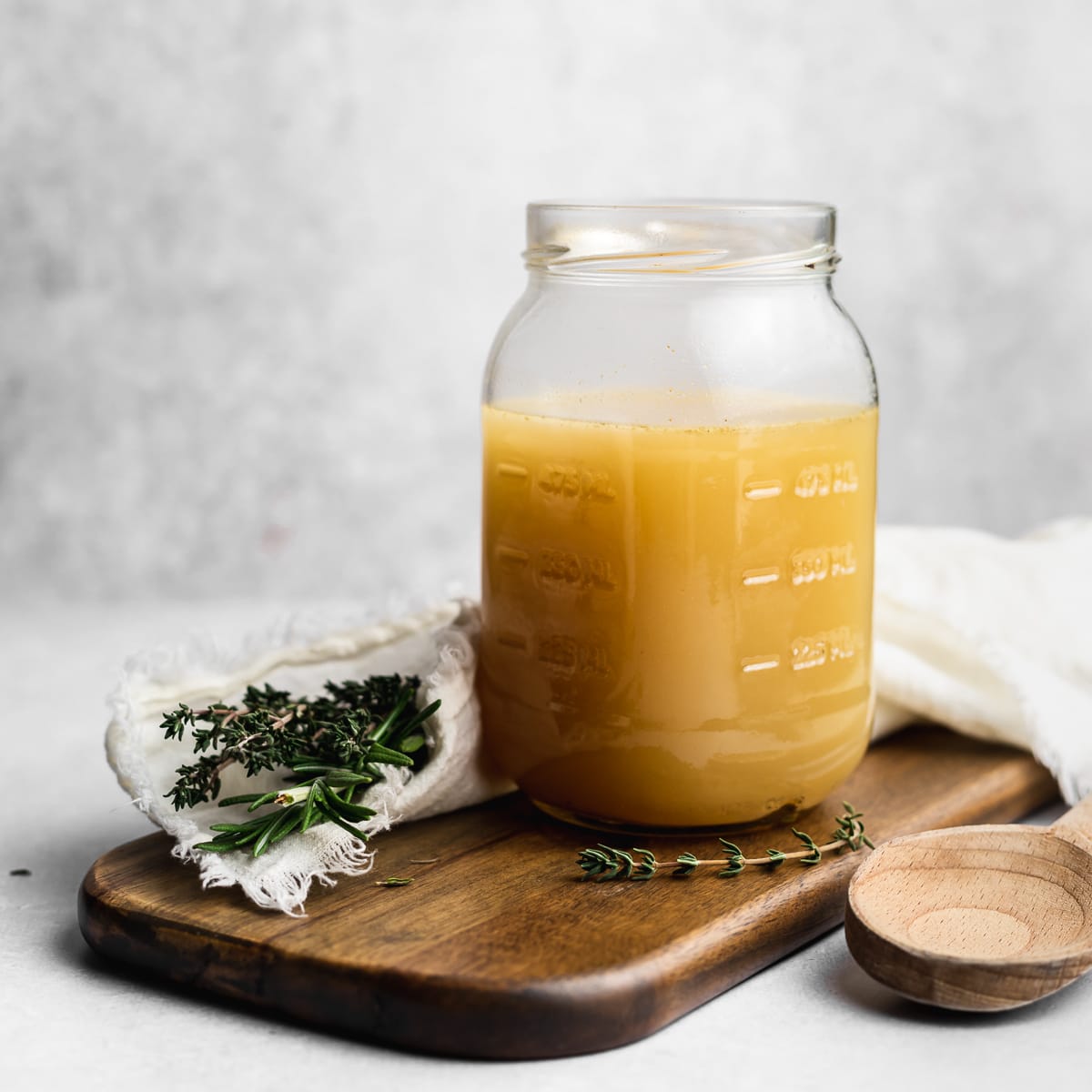
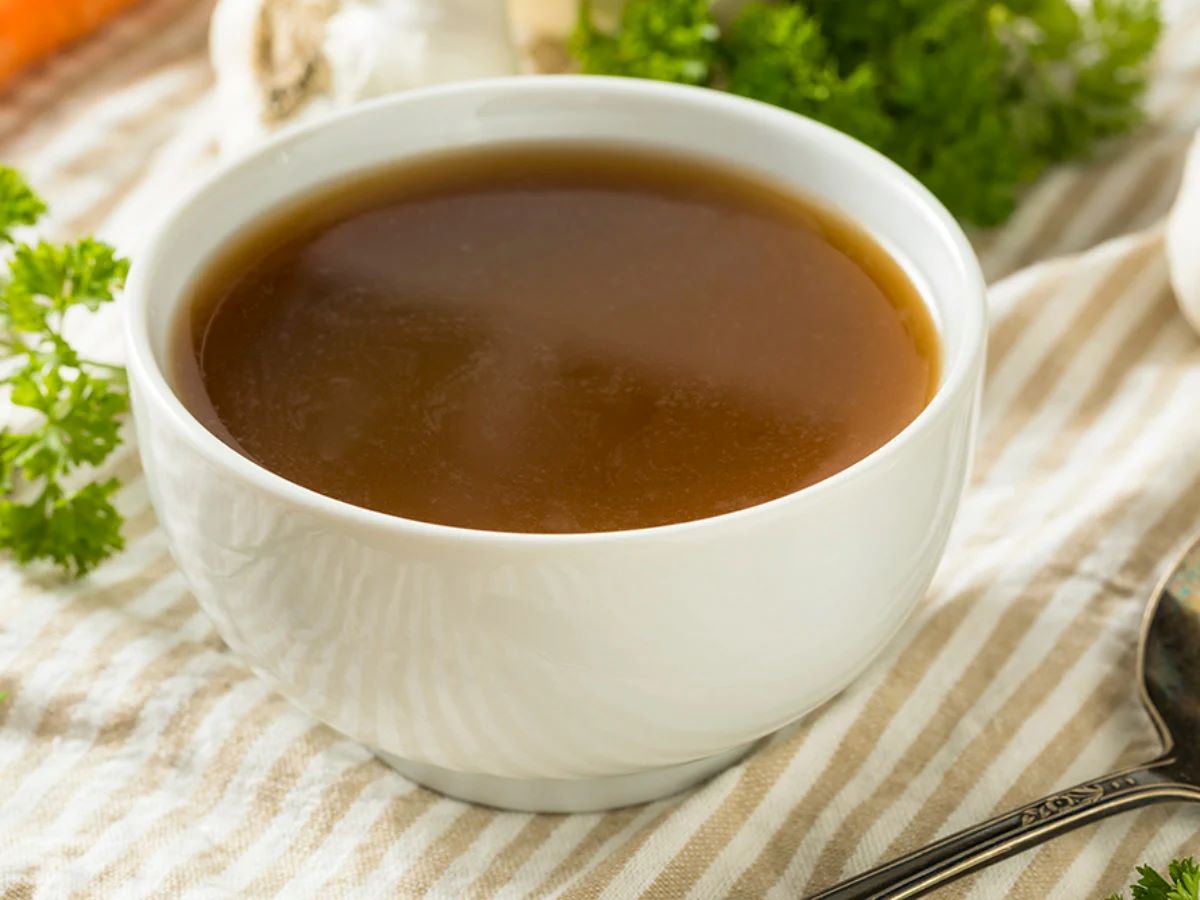
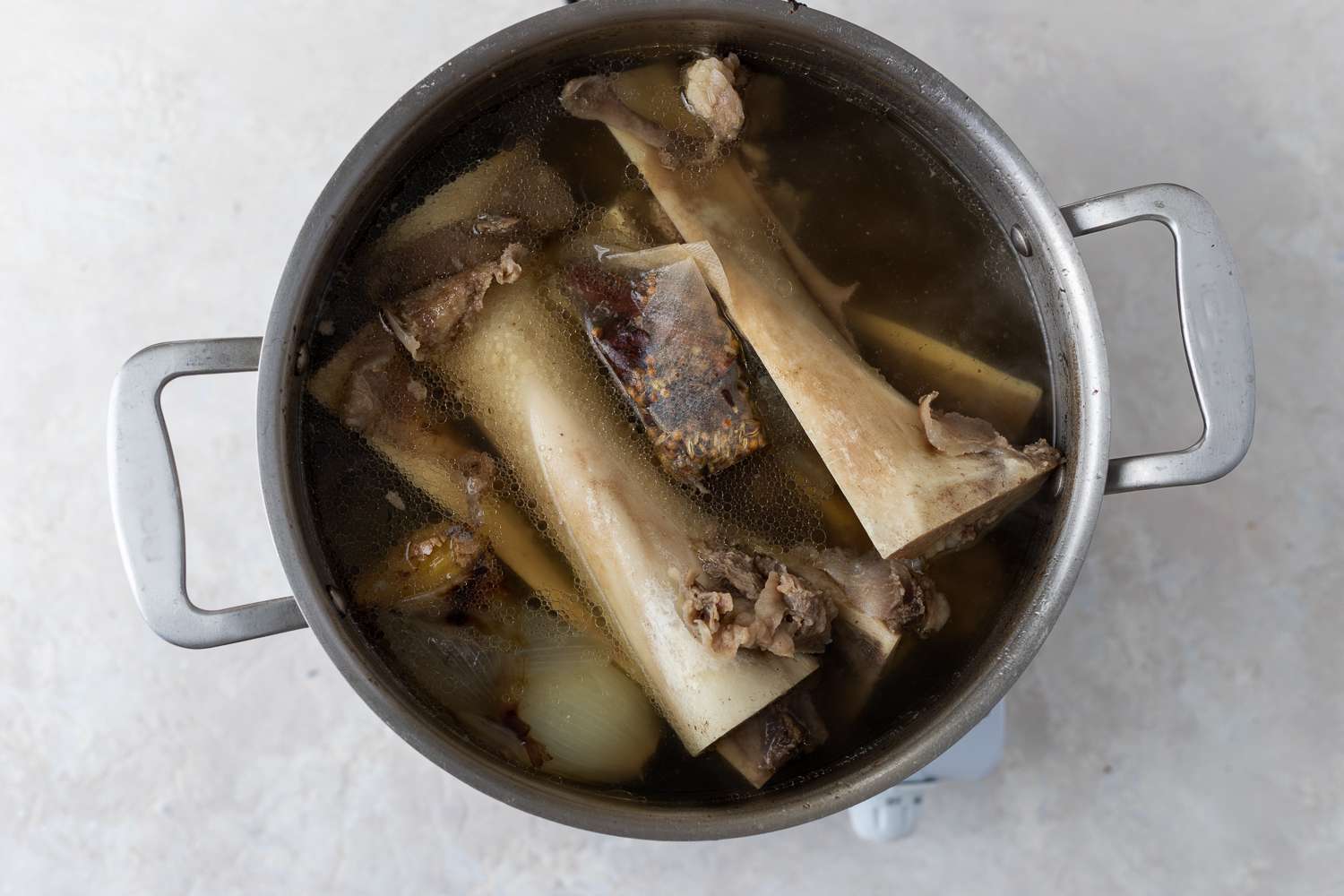
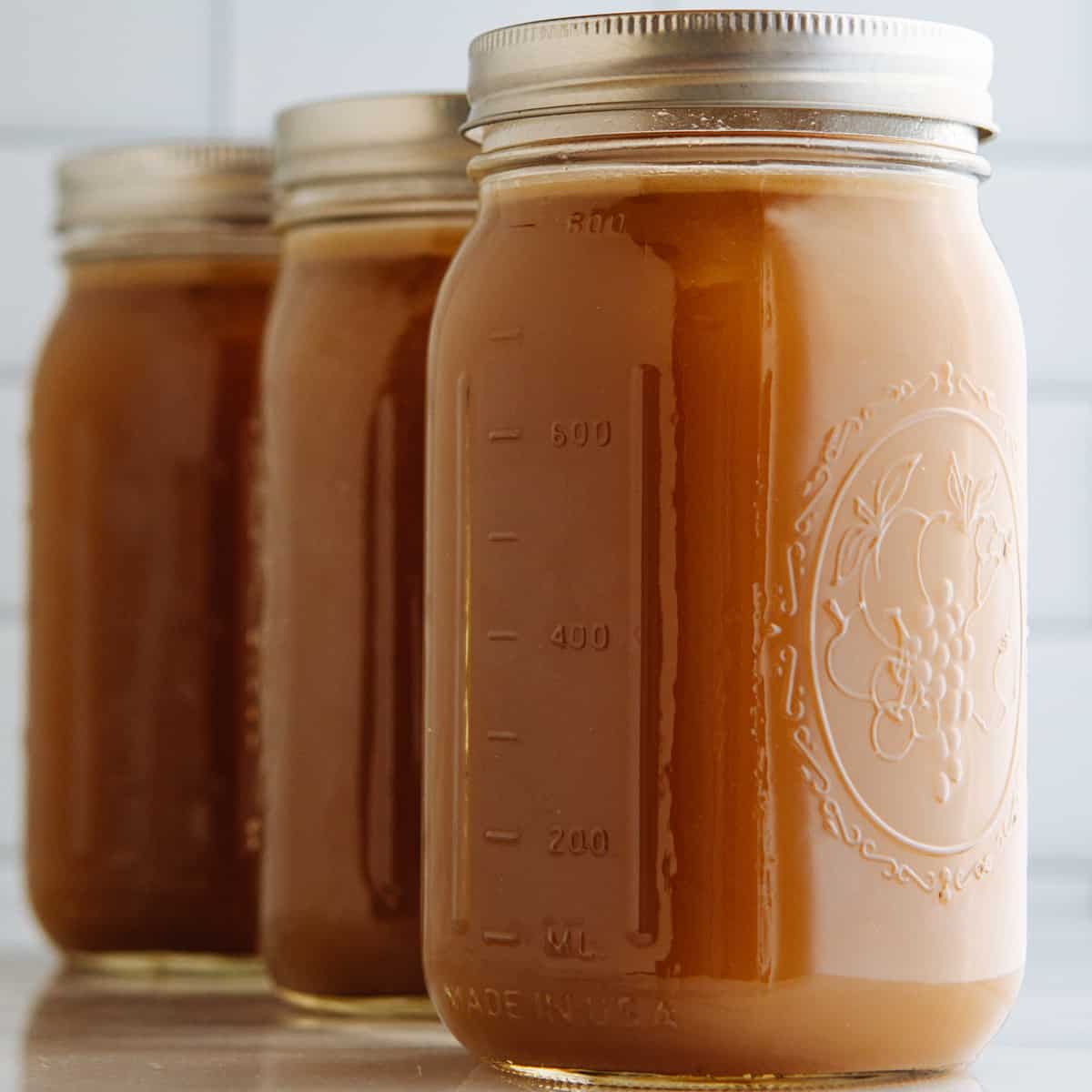


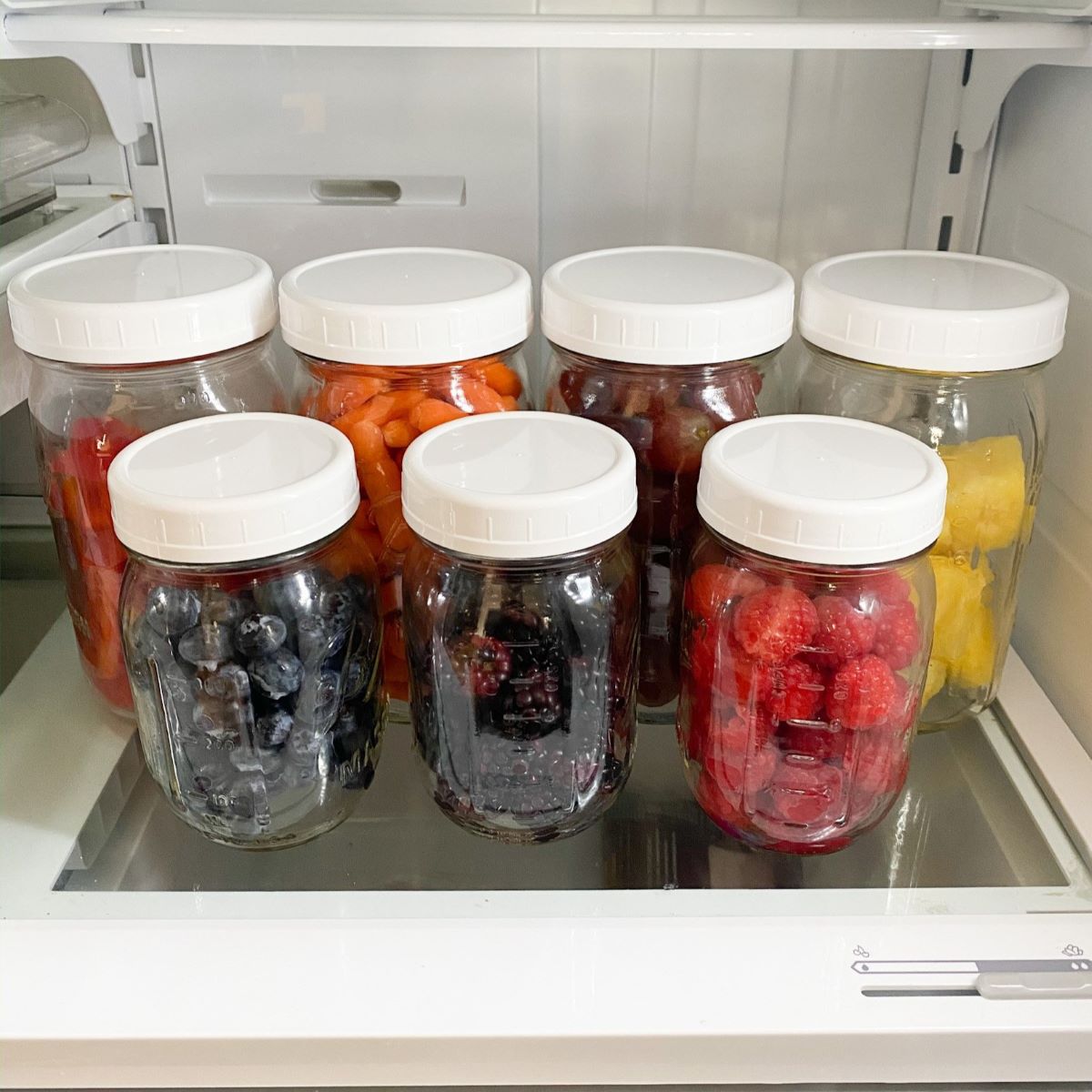
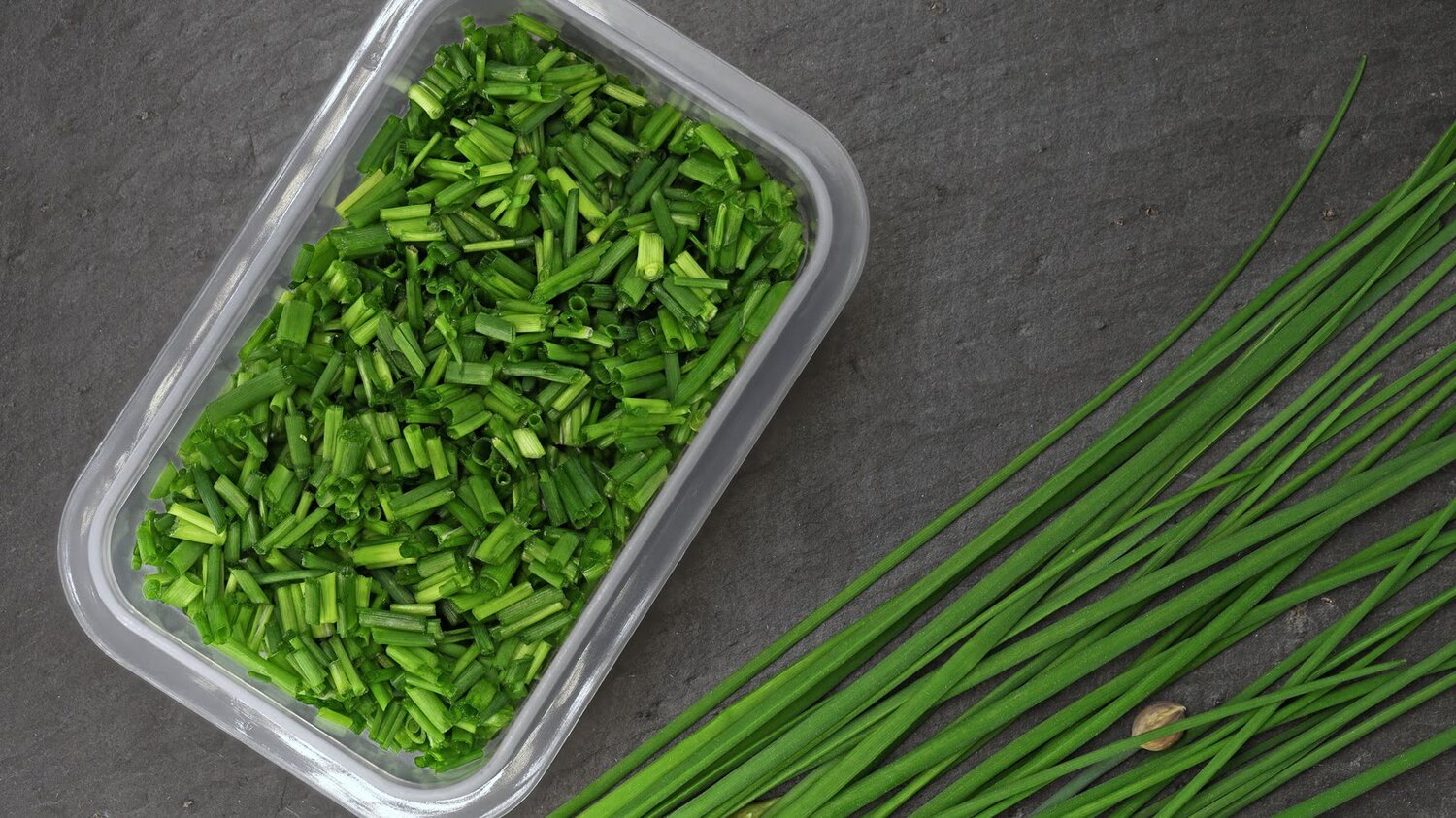

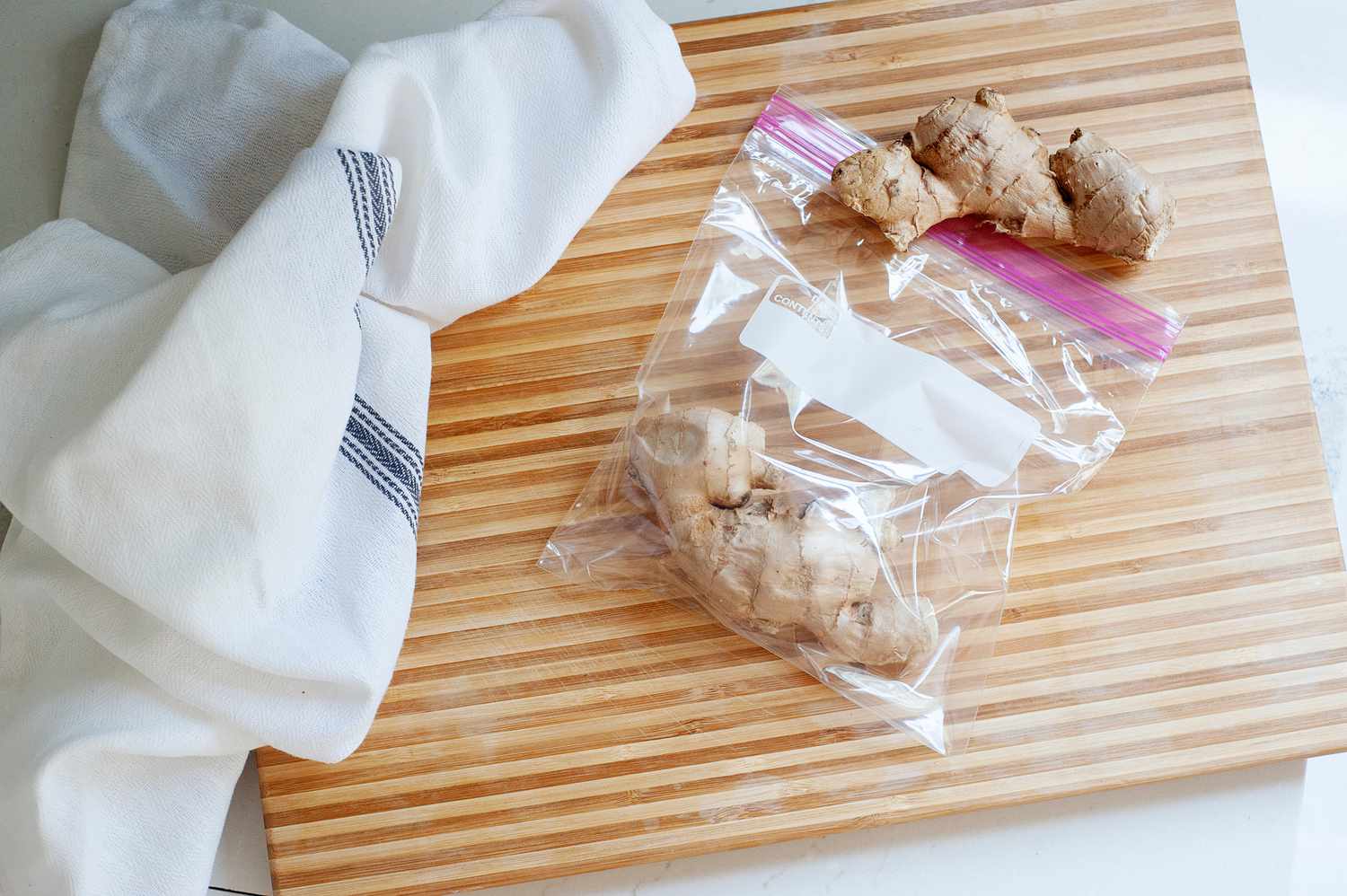
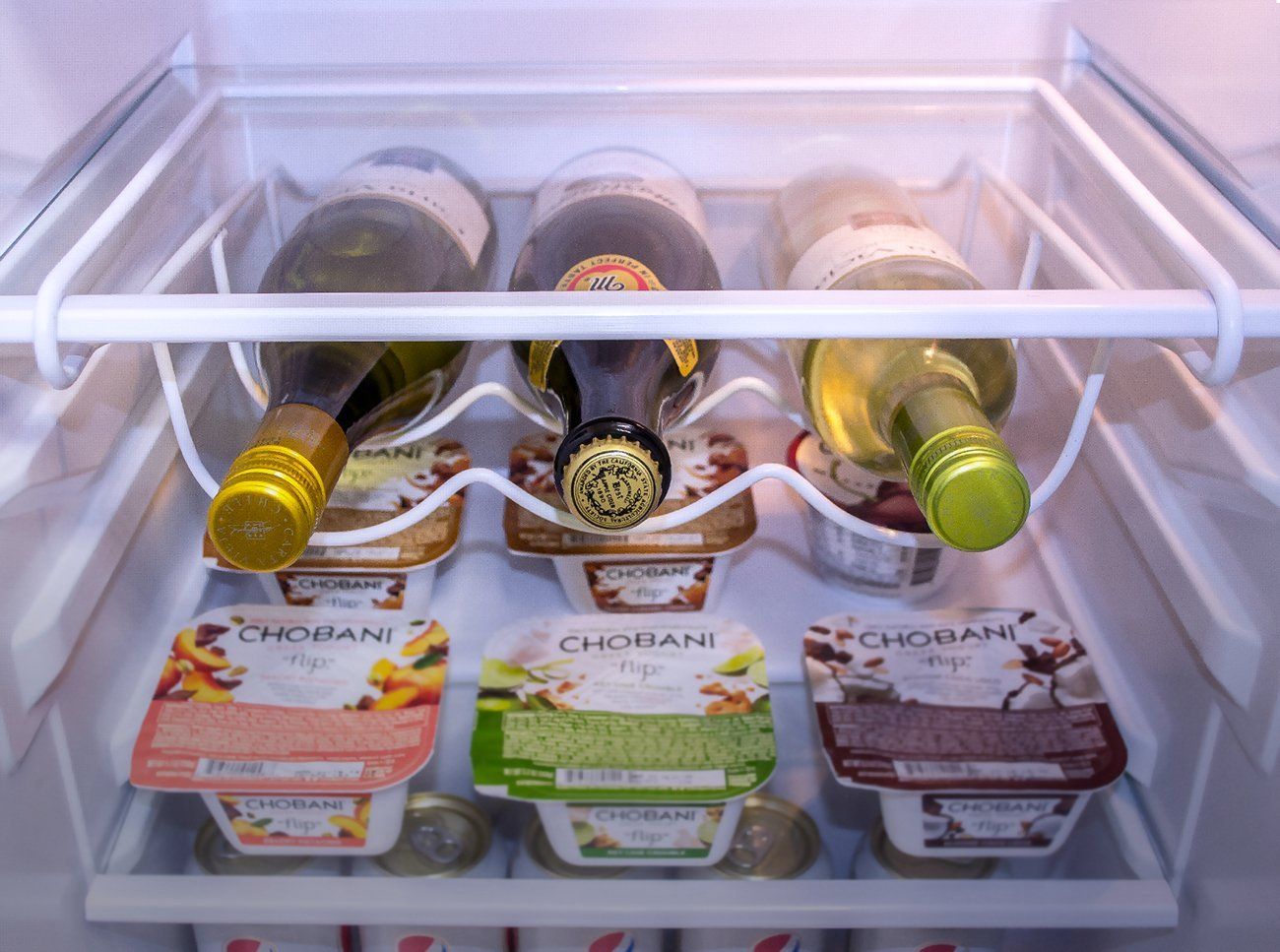

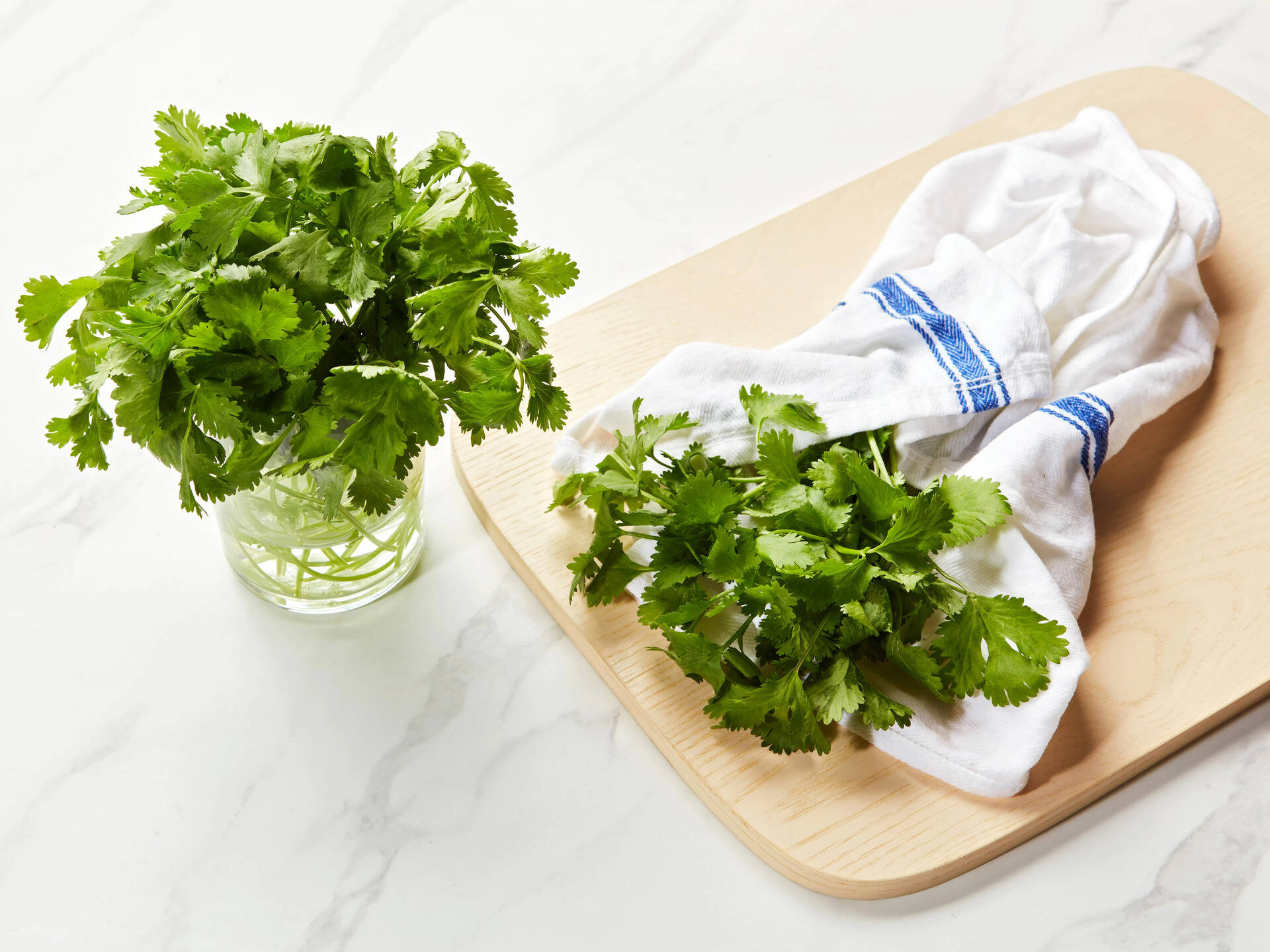

0 thoughts on “How To Store Bone Broth In Fridge”